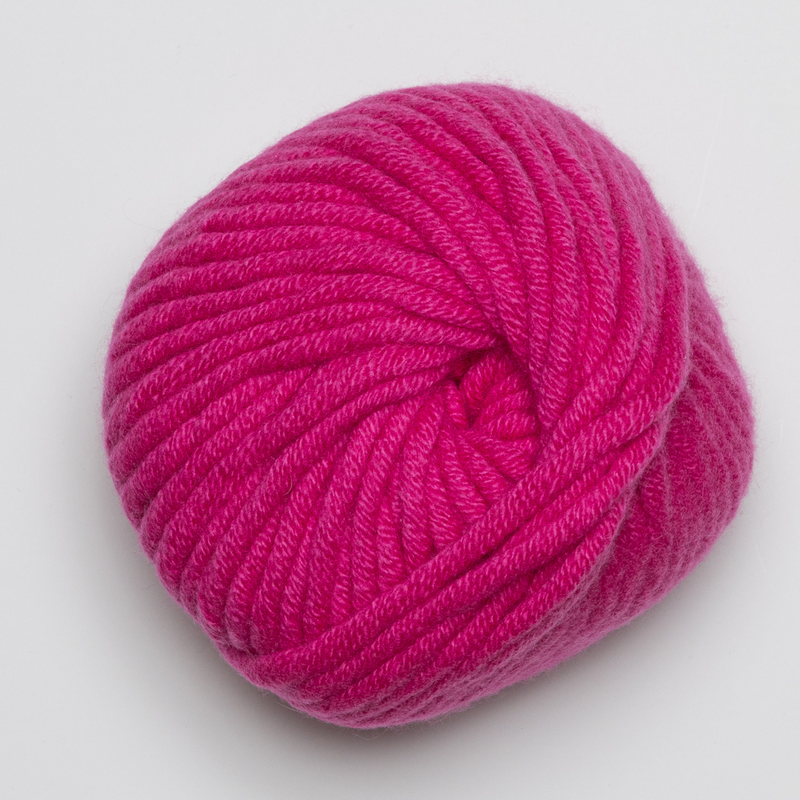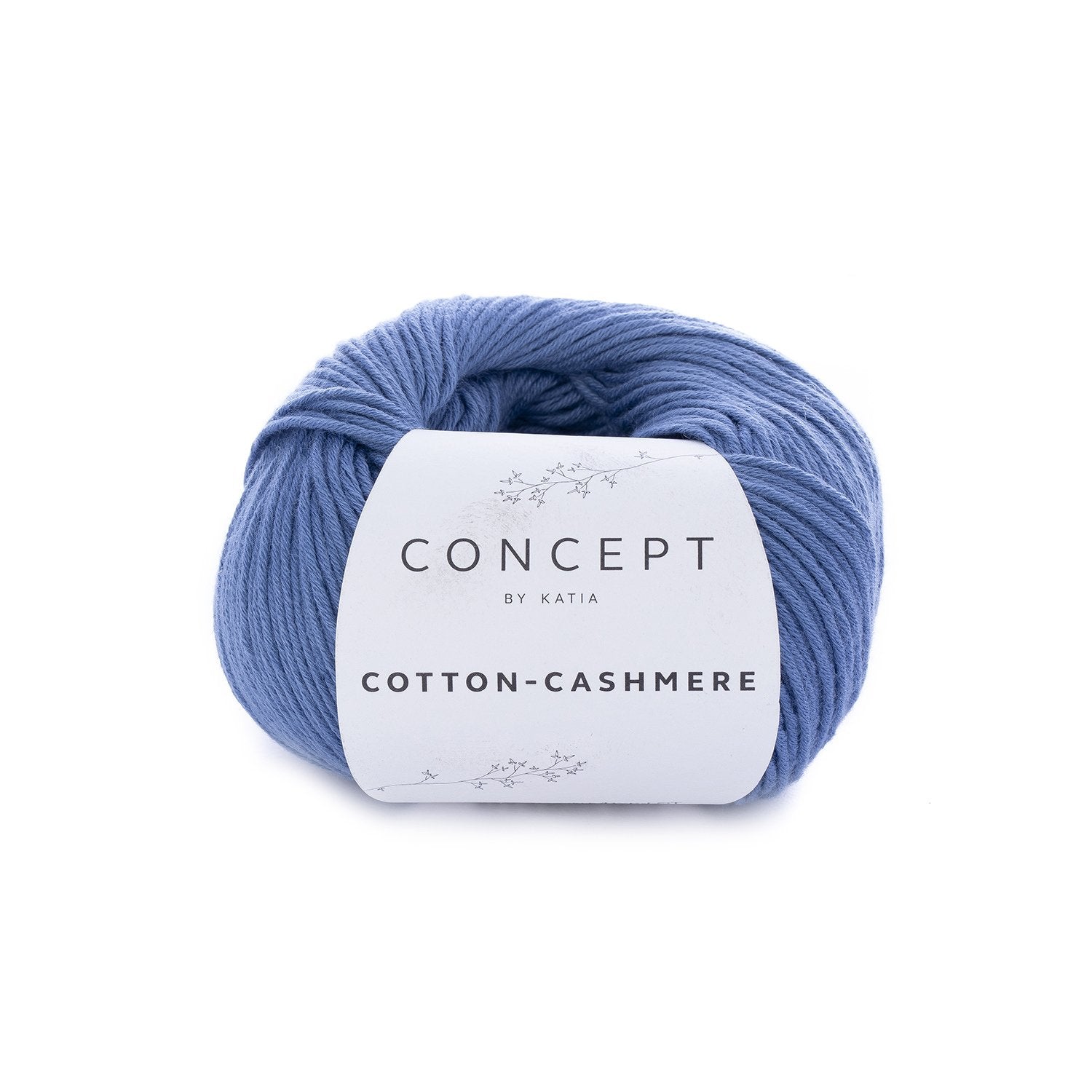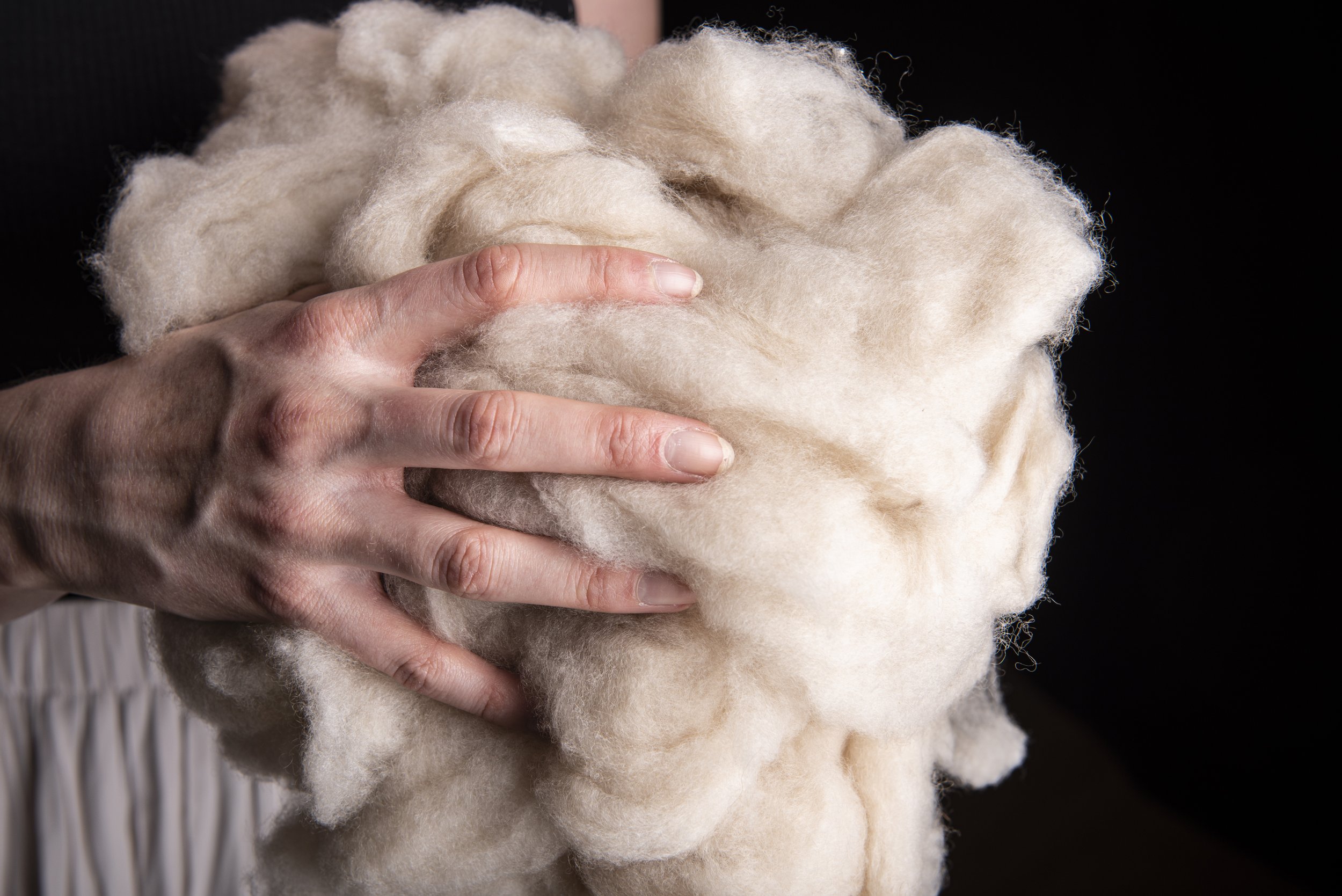What Is Cashmere? Exploring the High-Quality Material Loved by Fashion Experts
What Is Cashmere? Exploring the High-Quality Material Loved by Fashion Experts
Blog Article
Factors You Must Require Cashmere an All-natural Fiber for Convenience and Beauty in Everyday Use
In the world of fabrics, couple of fibers match the high-end and convenience of cashmere. How can one best make use of cashmere to elevate their design? These appealing inquiries lay the foundation for an informing expedition into the globe of cashmere. cashmere fibre.
Recognizing the Extravagant Nature of Cashmere

Examining the Convenience Element of Cashmere Garments
What top qualities highlight the convenience aspect of cashmere garments? The gentleness of cashmere is the first top quality to think about. Its plush texture makes it feel like a second skin, offering heat without the weight or itching connected with other woollen items. Cashmere's special fiber framework allows for breathability, regulating temperature and avoiding getting too hot. The material's adaptability and toughness ensure that it molds versus the body easily, preserving its shape in time. Cashmere's hypoallergenic properties likewise add to its comfort, making it a perfect choice for delicate skin. The ability to layer cashmere pieces without thickness increases the convenience aspect. Fundamentally, the convenience of cashmere is originated from its soft qualities, breathability, durability, hypoallergenic nature, and versatility.

The Ecological Impact and Sustainability of Cashmere
While the convenience and style of cashmere are most certainly attractive, it's similarly crucial to consider its relationship with the environment. Cashmere production, mostly in Mongolia and China, involves raising cashmere goats, which can dramatically strain breakable grassland environments as a result of overgrazing. This can cause desertification, a pushing ecological worry. Furthermore, the processing of cashmere, involving coloring and cleaning, can additionally contribute to water air pollution otherwise properly managed. Efforts are being made to establish sustainable cashmere manufacturing techniques, such as rotational grazing and cleaner handling methods. While cashmere has ecological impacts, its sustainability mostly depends on manufacturing methods.
Comparing Cashmere to Artificial Fibers: A Cost-Benefit Analysis
In spite of its environmental challenges, cashmere provides an one-of-a-kind set of benefits over synthetic fibers. Cashmere's all-natural fibers supply unmatched soft qualities and warmth, translating right into convenience that artificial fibers struggle to match. Unlike synthetic fibers, cashmere does not add to microplastic contamination, making it a more sustainable option.
Designing Tips With Cashmere for Everyday Elegance
Having actually internet taken into consideration the cost-benefit analysis of cashmere compared to artificial fibers, it becomes clear why this extravagant product is a preferred option for lots of. When styling cashmere for daily sophistication, simplicity is vital. A cashmere sweatshirt, for example, can be combined with tailored pants or a streamlined skirt for a stylish, put-together appearance - cashmere fibre. For a much more laid-back ensemble, a cashmere cardigan put on over a straightforward tee and jeans exudes uncomplicated design. Recommended Reading Accessories can better elevate the appearance: a statement pendant or headscarf can include a pop of shade to a neutral cashmere piece. Inevitably, the fundamental style of cashmere makes it a versatile addition to any kind of closet, easily enhancing day-to-day clothing with a touch of high-end.

Verdict
In addition, cashmere's sustainability and lower environmental impact compared to synthetic fibers additionally enhance its appeal. Investing in cashmere garments is a rewarding decision for convenience, sustainability, and design.

Report this page